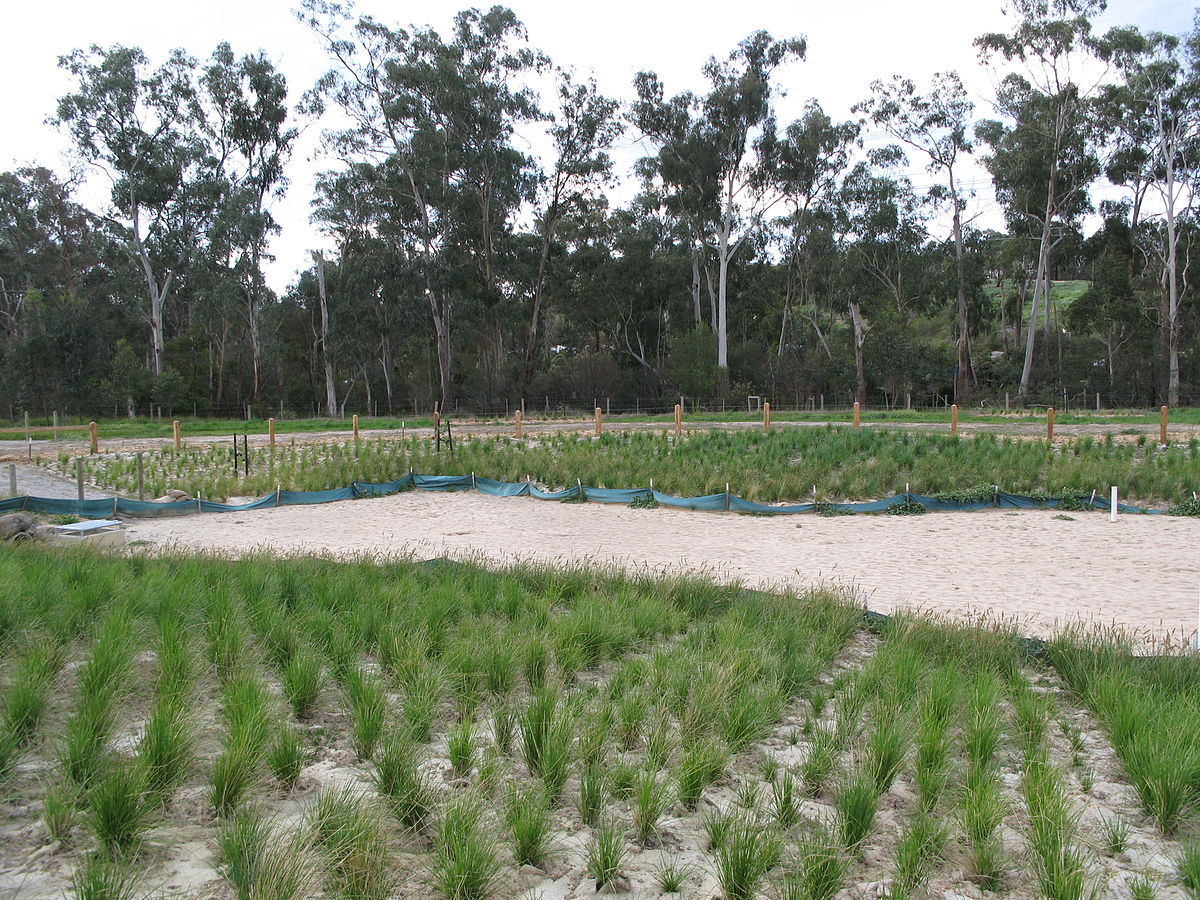In an age where sustainability and environmental awareness are at the forefront of public discourse, restoring properties isn’t just about beautification or historical preservation. It’s about ensuring that a property is safe, clean, and eco-friendly. True restoration merges the principles of historical preservation with environmental responsibility, ensuring that properties are not only aesthetically pleasing but also contribute positively to their surroundings.
Merging Historical Preservation with Eco-Consciousness
Historical preservation is primarily about safeguarding the cultural and architectural heritage of properties. However, this can coincide seamlessly with environmental preservation. Older properties, especially those built before environmental regulations became stringent, may house potential hazards like asbestos, lead paint, or underground oil tanks. Addressing these issues is essential for both safety and environmental reasons.
Retrofitting for Efficiency: While preserving the architectural integrity of a building, developers can implement energy-efficient modifications. For instance, while maintaining original window frames, one could replace the actual pane with double-glazed glass to improve insulation.
Maintaining Green Spaces: Many historical properties come with expansive green spaces. By adopting organic gardening practices and using native plants, property owners can ensure these green spaces are both historically accurate and environmentally beneficial.
Environmental Remediation in Restoration
Environmental remediation is a crucial component of any restoration project. The process involves removing pollutants or contaminants from environmental media such as soil, groundwater, sediment, or surface water.
Soil Remediation: Soil can become contaminated due to various reasons, including chemical spills, industrial activities, or even old underground oil tanks. Soil Testing is an integral first step in this process. By identifying the type and extent of contamination through soil testing, restoration experts can devise a suitable strategy to treat and clean the soil.
Oil Tank Removal: Underground oil tanks are a common find in older properties. Over time, these can corrode and leak, posing a threat to the soil and groundwater. Removing these tanks and treating the affected area ensures the safety of the property and its surroundings.
Water Remediation: Older properties might also have issues with water contamination, either from old plumbing systems or external sources. Restorations can include water treatment systems to ensure clean, safe water for inhabitants and the surrounding ecosystem.
Benefits of Environmentally Responsible Restoration
Increased Property Value: A property that has been restored with environmental considerations is not only safe but is also more appealing to potential buyers or tenants. This can significantly enhance its market value.
Health Benefits: Removing environmental hazards ensures a healthier living or working environment. Reduced exposure to pollutants can lead to better overall health for the inhabitants.
Community and Ecosystem Impact: Environmentally responsible restorations benefit not just individual property owners but also the broader community. They help maintain local ecosystems, ensuring a balanced and healthy environment for everyone.
Integrating Modern Technologies with Environmental Restoration
As the field of property restoration evolves, the integration of modern technologies has become increasingly significant. These advancements, when combined with traditional restoration techniques, can significantly enhance the efficiency and effectiveness of environmental cleanup projects.
1. Digital Mapping and Assessment Tools:
Before any restoration work begins, it’s vital to understand the extent and nature of the environmental issues on the property. Digital mapping tools, using technologies like Geographic Information Systems (GIS), provide detailed insights into areas of contamination, groundwater flow patterns, and other crucial data. These visual aids can help experts prioritize areas of concern and devise a comprehensive remediation strategy.
2. Bioremediation Techniques:
Harnessing the power of natural organisms, bioremediation involves using bacteria, fungi, or plants to break down or absorb contaminants in the soil or water. This approach is not only environmentally friendly but also minimizes the need for invasive excavation work. For properties that aim to preserve their historical aesthetics, bioremediation can be an invaluable tool.
3. Eco-friendly Construction Materials:
When restoring properties, especially older structures, there’s often a need to replace or reinforce certain elements. Using recycled or sustainable materials ensures that the restoration work does not contribute to further environmental degradation. Bamboo, for example, is a sustainable alternative to traditional wood, while recycled steel and composite materials can replace conventional construction materials.
4. Advanced Water Treatment Systems:
Modern water purification systems are compact, efficient, and can be integrated seamlessly into older properties. Whether it’s gray water recycling or advanced filtration systems, these technologies ensure a consistent supply of clean water and reduce the property’s environmental footprint.
5. Solar and Alternative Energy Integration:
Historical properties can benefit from the integration of alternative energy sources. Solar panels, for instance, can be strategically placed to not detract from the property’s aesthetic while providing a renewable energy source. This not only reduces utility costs but also minimizes the property’s carbon footprint.
Education and Community Engagement:
Restoring a property with environmental integrity isn’t just about the physical work. It’s also crucial to educate the community and stakeholders about the importance of these efforts. Hosting workshops, open days, or guided tours can help share the story of the property, the restoration efforts, and the broader significance of environmentally responsible practices.
Future Outlook:
The trend toward merging property restoration with environmental responsibility is gaining momentum worldwide. As more stakeholders recognize the combined cultural, economic, and environmental value of such projects, it’s likely we’ll see an even greater emphasis on sustainable practices in the real estate and restoration sectors. This holistic approach ensures that our cherished landmarks and properties are not just preserved but are also in harmony with the environment for generations to come.

